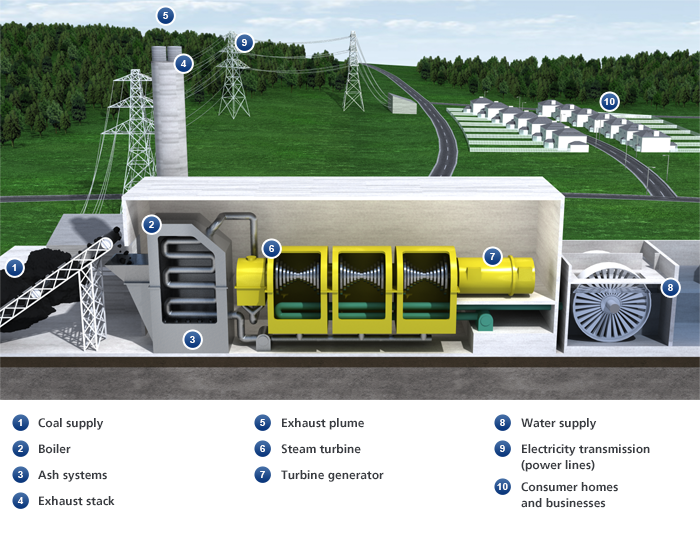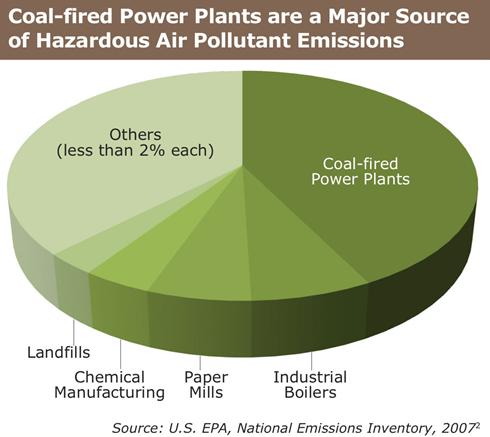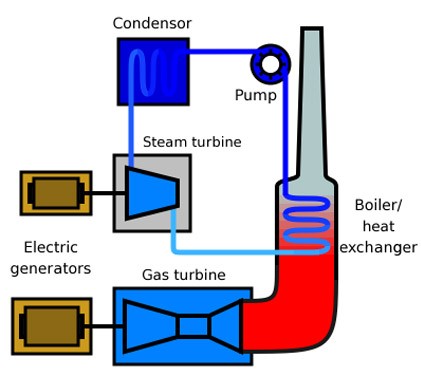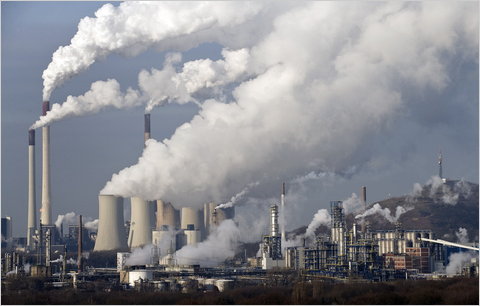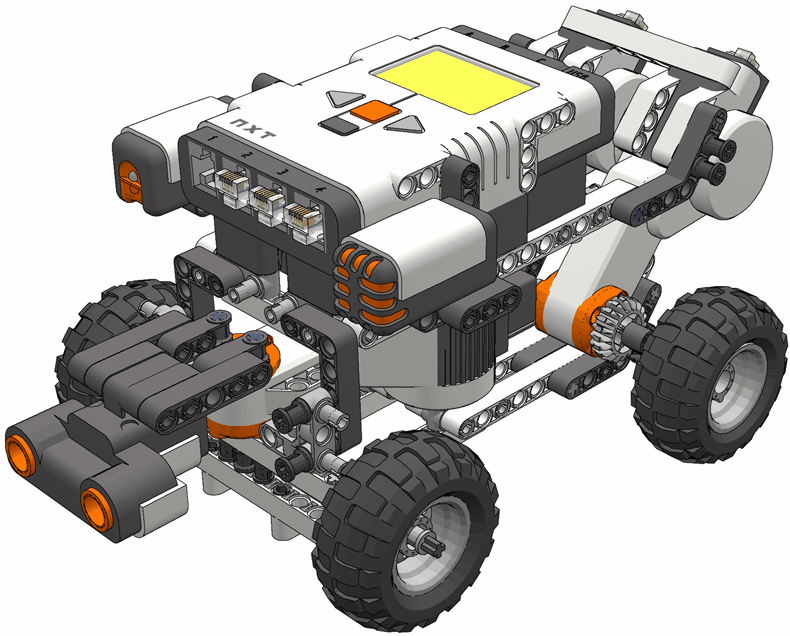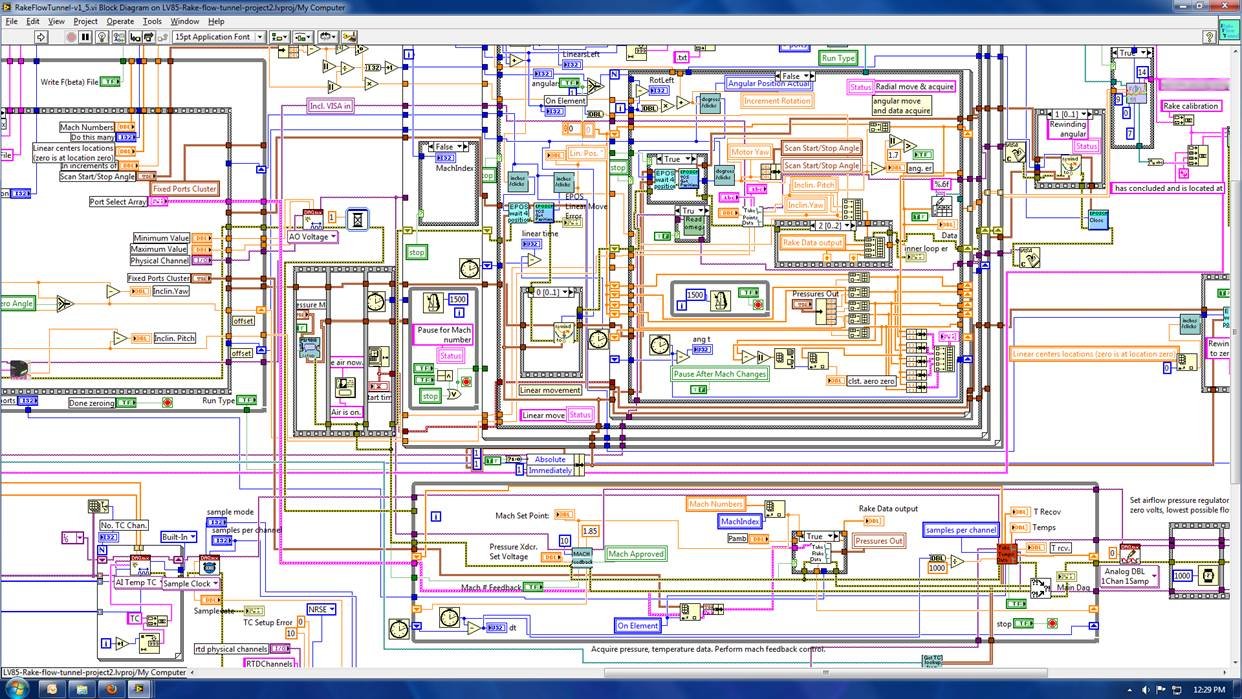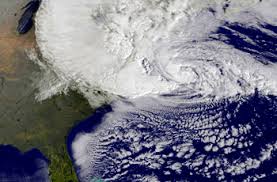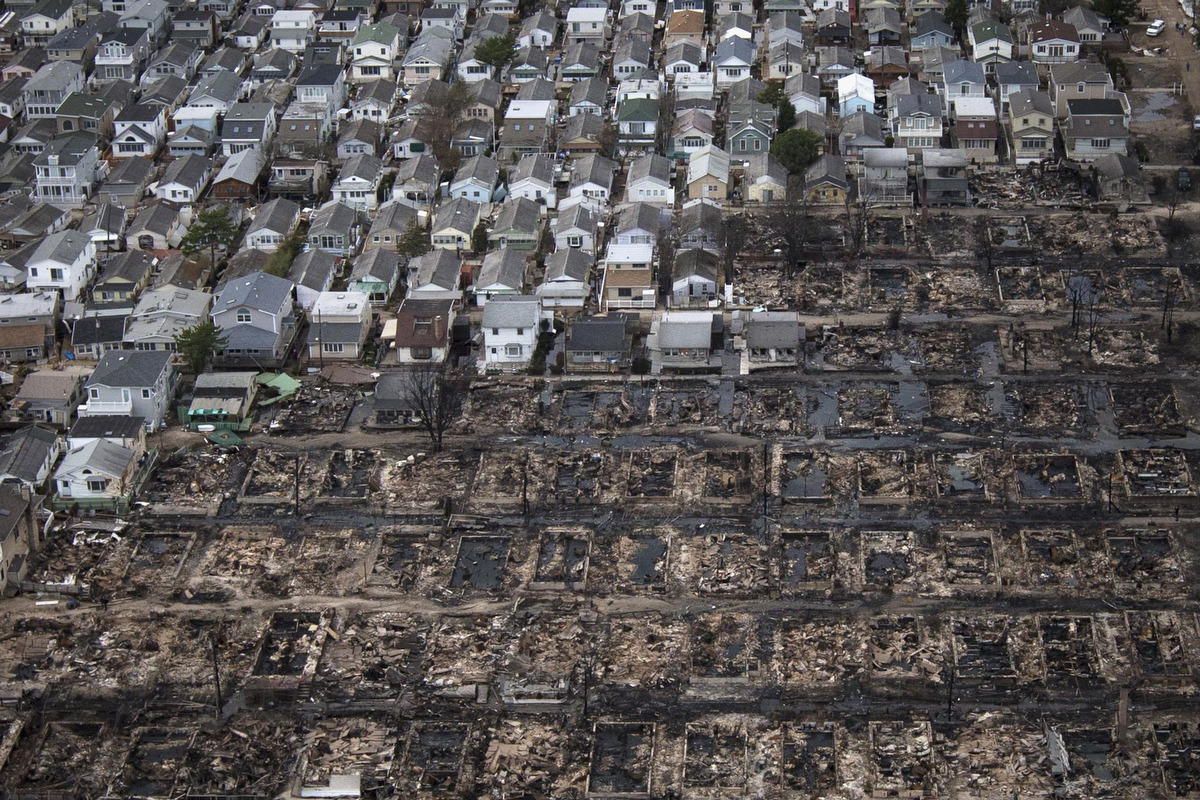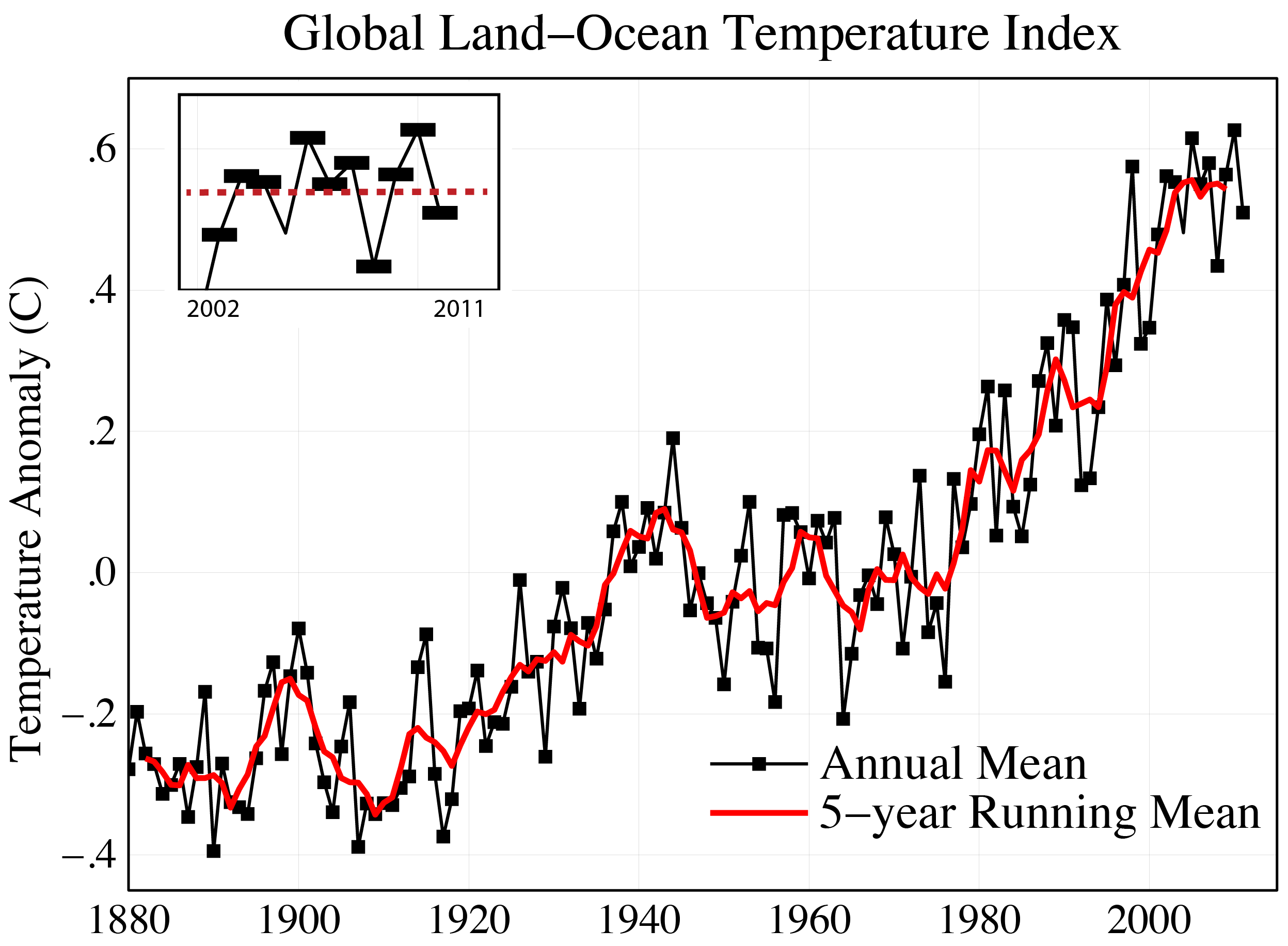The nations energy grid includes everything that we use to keep our nation powered, and how we use the materials and convert them into energy. We have power plants scattered all across the nation that provide power to various areas. There are about 19,023 individual generators at about 6,997 operational power plants in the United States. Without the use of these resources there would be no electricity or power.
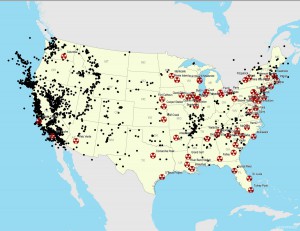 Aerial view of our nations energy grid.
Aerial view of our nations energy grid.
Video below shows how a power plant works.
http://www.youtube.com/watch?feature=player_detailpage&v=GI7AhajfhWE
Energy Infrastructure: Sun, Electricity, Fossil fuels, Nuclear, Renewable Resources.
Sunlight 
Sun light is a major source of energy used to supply power to the nation. Sunlight is natural and will never run out. Sunlight warms the planet and transfers heat and pressure in weather patterns. However, most of us use the sun in its secondary form of energy which is fossil fuels. For example, when we burn wood the heat comes from the breaking of bonds which releases energy and light.
Fossil Fuels 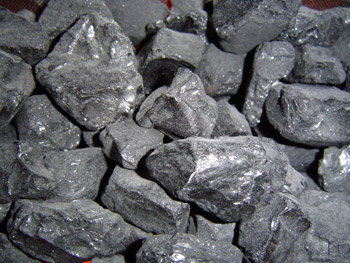
According to http://needtoknow.nas.edu/energy/energy-sources/fossil-fuels/ “The United States gets 84% of its total energy from oil, coal, and natural gas, all of which are fossil fuels”. Oil is an efficient way to obtain energy, however it can have a devastating effect on the environment when we constantly burn it in automobiles, factories, etc.
Electricity 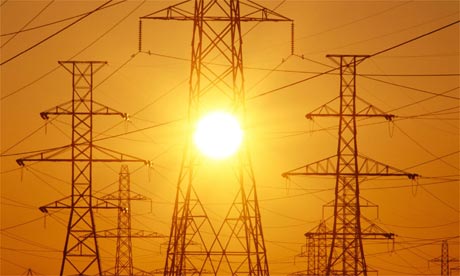
Electricity is a secondary source of energy. It cannot be mined from the ground so it is derived from other sources. Electricity generating plants now consume two-fifths of U.S. energy from all sources, including about 90% of America’s coal and nearly 30% of its natural gas according to http://needtoknow.nas.edu/energy/energy-sources/electricity/
Nuclear 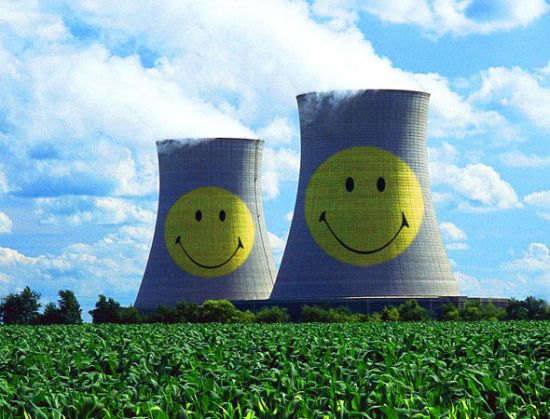
Nuclear energy is the energy released during nuclear fission or fusion, especially when used to generate electricity. About 20% of our nations electricty comes from nuclear energy and about 9% of the total power. According to government experts nuclear power plants is expected to increase by 105 by the year 2030.
Renewable Resources.

Renewable resources such as wind can be used as a power source. Renewable energy is an alternative to fossil fuels. Renewable energy such as wind is clean and produces no greenhouse gas emission. Also, renewable resources in the grid usually require less space.
Over the past decade or so the nations energy crisis has been covered in the media and becoming more of a concern. What will happen when we run out of these fossil fuels that we use to power everyday life? Global warming and other atmospheric conditions are also a concern. What can we do to limit these resources and use them more responsibly.
There are pros and cons to our nations energy grid.
Pros.
The nations energy grid gives power to our entire nation.
The energy grid stimulates the economy and provides thousands of people work in different types of power plants.
Cons
excess energy use is one of the causes of global warming
Pollution, such as air and water
Dangers such as radiation poisoning.
